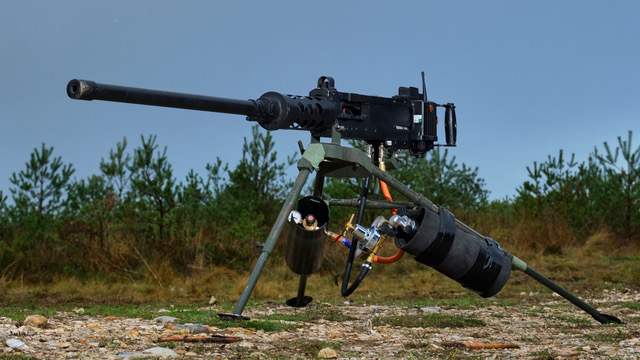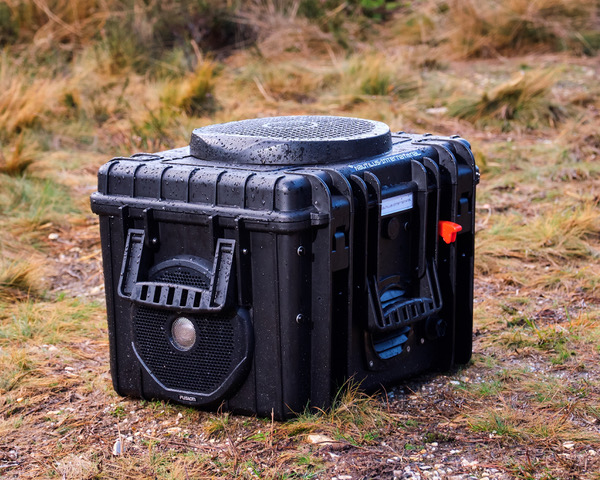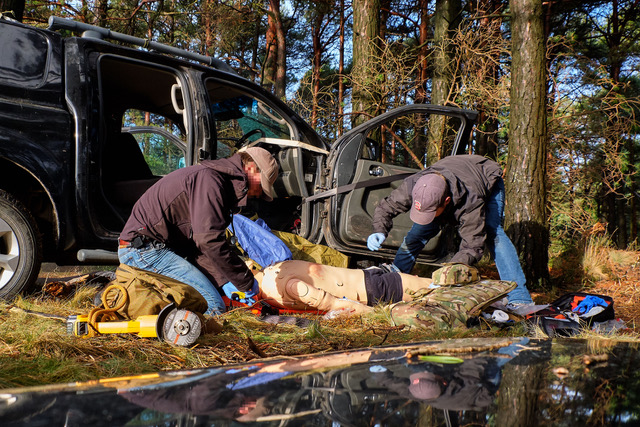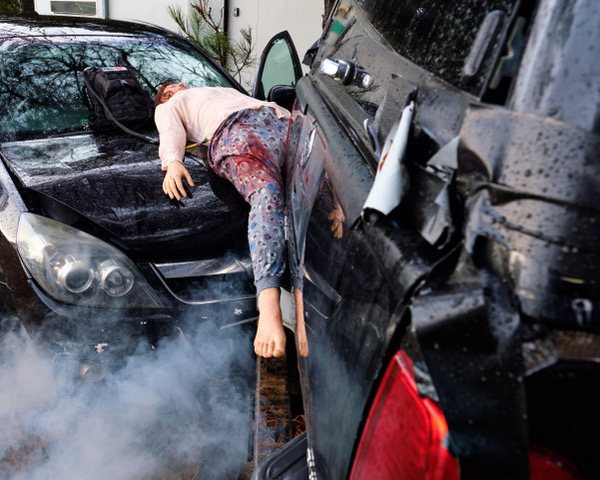Medical Simulation Training – Emergency Training Exercise. How does simulation work?
Ask any rational person if they thought watching a staged emergency services shoot through the frost and ice of a crisp December morning was a good idea and you’d probably receive a resounding “no”. The obvious answer right? Well there I was, still alive, at the aforementioned shoot and thankfully the temperature didn’t drop anywhere near -10 degrees.
In truth, the opportunity to interview the Nautilus team and witness a simulated emergency scene unfold seemed too good to miss. In what proved to be a tense and sometimes uncomfortably realistic training exercise, skilfully captured by the team from Driftwood Media Productions, Carl and Adam on film and Si on photography, the benefits to all those involved in the training experience became very clear very quickly.
So who are Nautilus you may be asking and what do they really do – Nautilus is the brain child of managing director Tim Rees-Eggert, a military veteran of fourteen years with extensive experience at the sharp end. In Tim’s own words “working in the forces, often, the best and most effective kind of training was that of simulations, but this kind of exercise was not always possible or available.” Tim vehemently believed even before leaving the military that offering this service externally would enhance current training techniques and so, with that light bulb idea, he decided to develop a series of adaptable, flexible and affordable managed services that could offer people in the services the prospect of operating in a realistic high stakes situation without the risk and obvious consequences.

On the day of the shoot, the Nautilus guys were testing the different simulation weapon systems and high tech gadgets for the Driftwood Media team so footage from the drone and cameras could be collated in the editing process. Looking at the amount of armaments the Nautilus team had at their disposal was frankly concerning – you can imagine my relief to being told they were all inert and only used a combination of oxygen and propane, however, the noise was still, well, deafening (ridiculous I thought it wouldn’t be huh!).
The team’s arsenal included an RPG 29, which is an identical copy of the latest Russian anti-tank device and is considered environmentally friendly and very cost effective due to the use of O2 and propane. Also it has been developed to fire remotely, up to 2KM away, as well being able to fire manually, adding to the safety aspect (if you can believe there would be one where a weapon of that destructive force is considered?).

Similarly, one of the guys on the Nautilus team has developed a Sound Box Simulator that can be linked to any smart media handset via Bluetooth to play various sounds and noises needed to make a simulation more authentic. An example given to me by Tim was a military team could be scouting an area and the sound of a dog on the Sound Box could alert the squad that they’ve been compromised. The purpose of the Sound Box Simulator is to set the scene and keep the pressures of the simulation more real and apparent. Although I think the team are still arguing over a name…

Next we had the actual simulation with an ambulance and three paramedics in training. It was crucial this all got shot in one take, so as to keep the scene more realistic for the paramedics utilising the imitation. The scene had been set for them with two cars (one had crashed into the other) and three SimBodies (life size mannequins). The use of SimBodies is key in an exercise like this where the scenario is set up hours before because although live actors can be made up to look just as bad as the SimBodies, live actors tend to get a bit annoyed at lying on the ground covered in fake blood for any great length of time – especially in the rain.

The next talking point is not for the faint-hearted or those possessing an over-active imagination, you have been warned. For the scene to look real and for the paramedics to have something to fix, the team needed to introduce blood pumps into the scenario. These blood pumps are different to old models used as the previous pumps would just bleed out, and couldn’t be controlled and made to look more genuine. The new models are the opposite in this, as they can be more exact in the blood flow. The bag holds two and a half litres of fake blood and pumps arterial and venous blood (all fake of course) which is essentially different coloured blood and means the speed of the blood can be altered as well. Anyone can wear these blood packs, SimBodies or alive actors, which makes them really versatile and useful especially in the simulation we were orchestrating.
Furthermore, throughout the simulation we used a smoke machine, which I got to control! We’ll see in the film if I did the scenario justice or just overdid it through my excitement. I fear it’s the latter… As for Nautilus, it’s safe to say the day would have been a bit of a flop without their professional insight. The idea for creating these simulations for training the services is really clever and gives the users a situational awareness that is beneficial to them. And from speaking with Tim it seems they have some larger ideas on the horizon!
Courtesy of Driftwood Media Productions.
